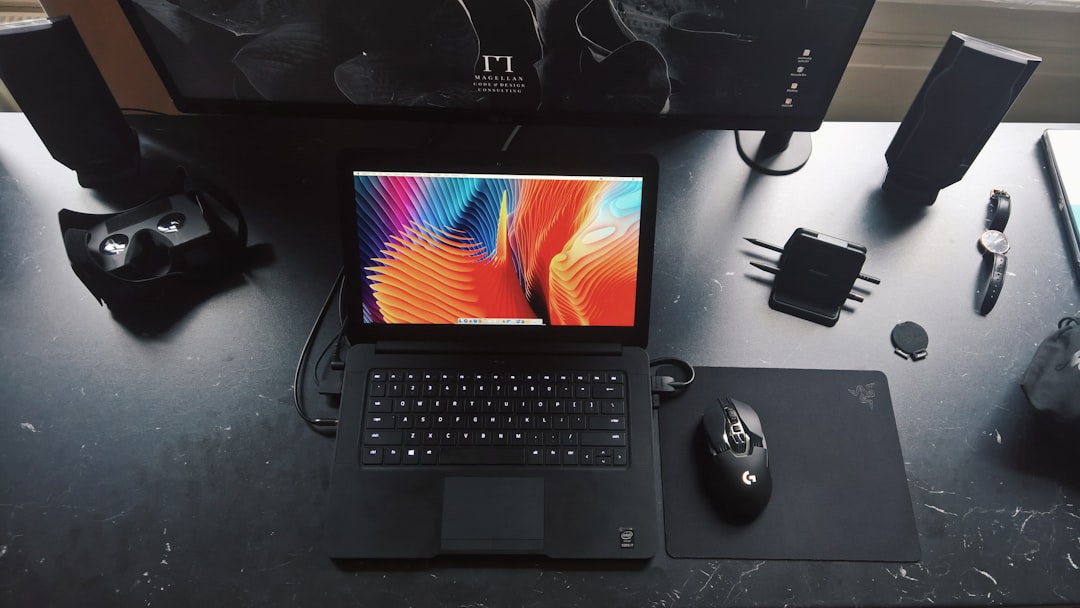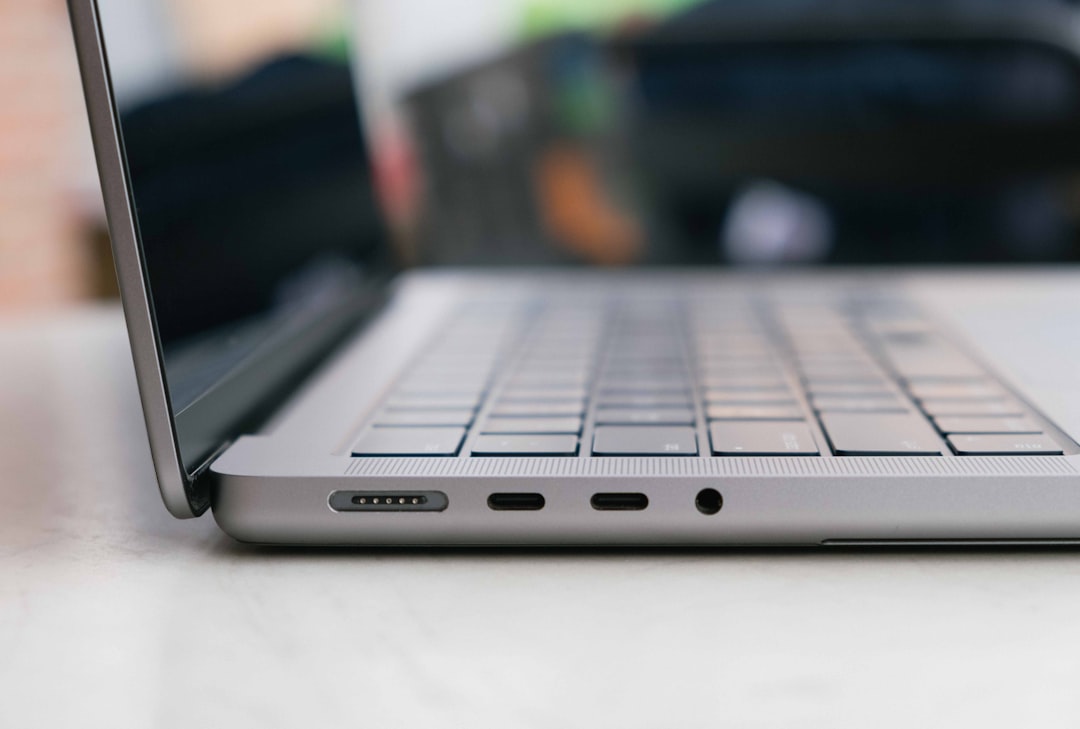You’re working on something important, you’ve left your Lenovo device asleep for a quick break, and when you return, you wake it up only to be greeted by mysterious black lines across your screen. It’s frustrating, perplexing—and unfortunately—a relatively common issue that affects a number of Lenovo laptops and desktops. This phenomenon usually appears after a system goes into sleep mode and then wakes, triggering video and graphical glitches that can range from faint lines to completely unresponsive displays.
Though the cause isn’t always immediately evident, there are a variety of underlying reasons for these types of visual anomalies, including driver conflicts, power management bugs, hardware faults, or even BIOS inconsistencies. In this deep-dive, we’ll explore why these black lines appear, how to troubleshoot them, and what you can do to stop them from coming back.
What Are the Black Lines?
Before exploring fixes, it’s important to accurately identify the problem. When we refer to “black lines,” we generally mean:
- Horizontal or vertical black bars across the screen
- Where the system appears to freeze or flicker upon waking
- Moments when the display fails to fully revive after sleep mode
These display errors can stem from both software and hardware origins—but the most common trigger is a conflict between the power-focused functions of an operating system and the firmware or drivers controlling your display adapter.

Typical Causes of Black Lines After Wake
There isn’t a singular culprit behind the black-line problem. Instead, it’s a confluence of system components not talking to each other properly. Below are the most frequent reasons:
- Outdated or incompatible graphics drivers: The most frequent offender. After a resume-from-sleep event, the GPU driver may fail to redraw content properly.
- Windows 10/11 Power Management Settings: Aggressive power-saving might shut down the GPU or associated hardware in a way that can’t be restored cleanly.
- BIOS or UEFI firmware bugs: Some Lenovo systems require specific BIOS updates to function optimally during power state transitions.
- Third-party applications: Optimizers, overlays, or screen modifiers can sometimes interfere with the graphics stack.
- Hardware issues: Loose display connections or faulty cables (internally on laptops) can mimic software problems.
Step-by-Step Troubleshooting Guide
If you’re experiencing these black lines after your Lenovo device wakes from sleep, try the following solutions in order of simplicity and effectiveness:
1. Update Graphics Drivers
This should be your first troubleshooting step. Visit the Lenovo Support Site and look for drivers tailored to your specific model.
- If you’re using Intel integrated graphics, you can get updated drivers directly from the Intel Driver & Support Assistant.
- For systems with NVIDIA or AMD GPUs, go to their respective support pages for the latest certified driver.
- Don’t rely solely on Windows Update—manual installation often yields better results.
Once you’ve updated your graphics driver, reboot your system and test the sleep/wake behavior again to see if the issue persists.
2. Adjust Power Settings
Misconfigured power settings can prevent the system from smoothly recovering from sleep. Here’s how to modify them:
- Go to Control Panel > Power Options.
- Choose your current plan and click Change plan settings.
- Click on Change advanced power settings.
- Expand PCI Express > Link State Power Management and set to Off.
- Also expand Display > Enable adaptive brightness and set to Off.
Apply all changes and restart the device. Now test the sleep/wake cycle again.
3. Install Latest BIOS/UEFI Firmware
This may seem intimidating, but updating BIOS can resolve many firmware-level bugs affecting power states and GPU behavior.
- Navigate to the Lenovo support site and enter your device’s serial number.
- Download the latest BIOS under the “Drivers & Software” tab.
- Always run BIOS updates with your charger connected and make sure not to interrupt the process.
After performing a BIOS update, reset your system’s BIOS settings to Factory Defaults.
4. Disable Fast Startup
Fast Startup is a Windows feature meant to boot your PC faster, but it may cause problems with hardware initialization.
- Go to Control Panel > Power Options.
- Select Choose what the power button does.
- Click Change settings that are currently unavailable.
- Uncheck Turn on fast startup (recommended).
A reboot is needed for this change to take effect. Test the behavior afterward.

5. Roll Back Problematic Windows Updates
Sometimes, the issue coincides with a new Windows update. Rolling back can help isolate the cause.
- Go to Settings > Update & Security > View update history.
- Select Uninstall updates.
- Identify and remove recent updates, particularly those affecting drivers.
Don’t forget to pause updates until the manufacturer releases a fix.
When to Call in the Experts
If none of the above fixes resolve the black lines issue, it may be time to escalate. Hardware-based issues sometimes mimic software glitches. Signs that your problem may be hardware related include:
- Lines appear even in BIOS or Safe Mode.
- External monitor doesn’t replicate the problem (indicating a built-in display issue).
- Wiggling or adjusting the lid changes the display pattern.
In these cases, contact Lenovo Support or visit a certified repair technician. If your device is under warranty, many screen-related issues may be covered.
Preventive Tips to Minimize Display Glitches
Once you’ve fixed the issue—or even before it arises—follow these best practices to prevent recurrence:
- Keep BIOS, chipset, and drivers up to date.
- Avoid unnecessary third-party system optimizers or power managers.
- Use hibernate instead of sleep if black line issues continue.
- Set your system to do a full shutdown occasionally by holding Shift while clicking “Shut down.”
Conclusion
The black lines on display after waking your Lenovo laptop might look worrisome, but in most cases, the fix is straightforward—requiring some checkpoints across drivers, power settings, and firmware. The problem is often not the hardware itself but how different parts of your system coordinate during power state transitions.
By methodically working through the steps detailed above, you can usually restore your device to full health and avoid awkward wake-from-sleep moments in the future. Whether you’re a tech-savvy user or a casual professional, a functioning display is essential—and with a little effort, you’ll ensure it stays that way.



